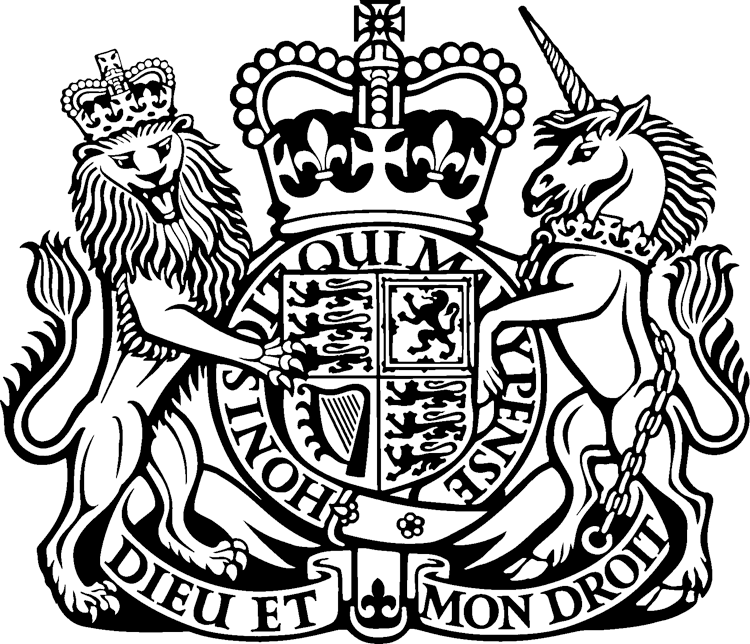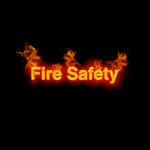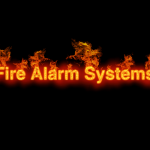Initially, about seventy pieces of fire safety legislation covered fire safety laws in the United Kingdom. The primary examples of these are 1961’s Fire Precautions Act as well as the Fire Precautions Regulations for the Workplace of 1997 and 1999. Authorities subsequently determined that a simplification of the relevant legislation was necessary, something that was accomplished by the Regulatory Reform (Fire Safety) Order 2005 in England and Wales.
Separate fire service and fire safety legislation covers Scotland including The Fire Safety (Scotland) Regulations 2006 and other relevant safety documents. Further information is available at the Scottish Fire Law website.
2010 saw the introduction of the Fire Safety Regulations (Northern Ireland). The Northern Ireland Fire & Rescue Service has further detailed information available for those interested in learning more.
The Regulatory Reform (Fire Safety) Order 2005 England and Wales
The following is intended to provide a useful summary of the most recent fire safety legislation and is meant to be read together with the 2005 Regulatory Reform Order as well as the RRO official guidance. From here onward in this article, the Fire Safety Regulatory Reform legislation will be called “the RRO,” with it having taken effect on the 1st of October, 2006.
The purpose of the RRO is to a set of minimum standard for fire safety across all categories of non-domestic premises, with a few exceptions. For workplaces, the employer is typically designated as the Responsible Person (RP), though if there is another individual with control, they could have duties under the RRO. If more than five persons are employed it has to be a written fire risk assessment is required.
For premises that are not workplaces, then any person having control to some extent or the owner can be designated the Responsible Person. Those persons or a person acting on their behalf, are required are required to carry out specific fire safety duties which include ensuring the general fire precautions are satisfactory and conducting a fire risk assessment.
Previous General Fire Safety Legislation
The RRO replaced any previous fire safety legislation, rendering fire certificates issued under the 1971 Fire Precautions Act null and void. Although, if your premises received a fire certificate in compliance with recent building regulations, with fire precautions having been integrated into the design with no material alterations since with fire precautions adequately maintained, it is unlikely that significant improvements will be necessary to come in line with the RRO.
It is still mandatory that you conduct a comprehensive risk assessment and update it regularly to make sure that the fire precautions taken on site are sufficient and current.
For those who have conducted their risk assessment under the Fire Precautions (Workplace) Regulations 1997/1999 and have reviewed it regularly, all that must be done going forward is to update the assessment in light of the RRO’s broader scope.
It is also possible that your premises will fall under registration or licensing provisions such as 2003’s Licensing Act. Should this be the case, fire authorities may seek to conduct a review of your fire risk assessment before a license is approved.
Guidance Documents
The regulation calls upon employers to take essential steps designed to prevent the occurrence of fires and to safeguard employees and others from injury and death should a fire happen. Though 1999’s Workplace Fire Precautions Regulations imposed an identical duty when it comes to employers, the RRO extends responsibilities to include non-domestic premises of all types to which any employee or other individual have access.
In support of the RRO, a series of guidance documents have been published by the Department of Communities and Local Government (DCLC) so that responsible parties can receive insights on how to fulfil their duties. These provide tips on how to handle the majority of premises types that fall under the RRO when it comes to fire risk safety assessments.
DCLC has drafted the guides in co-operation with a group of key stakeholders. The guides come in two parts, with the first meant to explain the proper method of performing a fire safety risk assessment and the second designed to offer additional tips on the fire precautions themselves. The guides are written in such a way so that every person responsible for compliance can understand these essential safety regulations.
The Regulatory Reform Order of 2005 offers a critical overview, with an additional series of guides covering premises that include:
- Shops and offices
- Warehouse and factories
- Retail premises and offices including units located within larger buildings
- Warehouse storage facilities and factories
- Lodgings and similar accommodations, including hotels, hostels, guest houses as well as common areas of maisonettes, flats and the like
- Residential care facilities such as nursing homes
- Educational sites from pre-school through university classroom buildings
- Small-to-medium assembly places such as pubs, cafes, restaurants, village halls, churches and libraries able to hold upwards of 300 people
- Larger assembly sites for greater than 300 people, such as museums, cathedrals, shopping centres and the like
- Cinemas and concert halls
- Outdoor entertainment venues and events such as sporting events, concerts, zoos and fairgrounds
- Healthcare facilities such as hospitals, dental offices and surgeries
- Transportation hubs such as railway stations, bus stations, airports and more
- Stables, livery yards and other establishments for animals
A business owner or responsible persons could perform a fire risk assessment on their own, provided that they have sufficient understanding of the guidance. It is recommended to use a Fire Risk Assessor if the premises are more complex. Using a fire safety expert adds a layer of certainty that is invaluable to business owners who are determined to achieve and remain in full compliance with the RRO.




